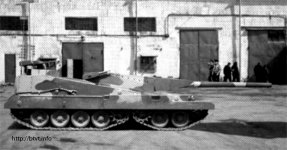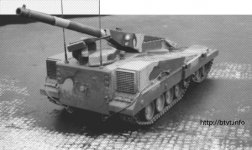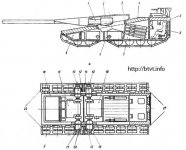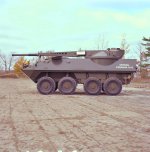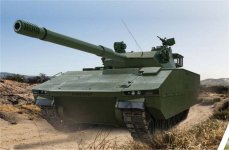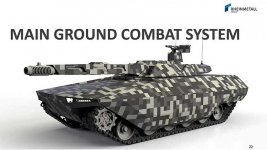The Army currently has no plans of permanently closing the Joint Systems Manufacturing Center, JSMC. However, Army officials planned to end U.S. Army tank production at the JSMC between 2015 and 2016 due to the U.S. Army having built the projected number of tanks needed to properly supplement U.S. ground forces, given the current Army Force Structure (which dictates how many vehicles the U.S. Army requires for both active and reserve units; as well as, contingency storage in case additional vehicles are needed in time of war. In 2011, the U.S. Army was able to convince Congress that it still required further tank production, so in 2013, the United States Congress funded the production of additional tanks (at a specified cost of ~$270M each). [FJAG aside - I think this number is an error on some poster's misinterpreting cost - an actual cost for an M1 is around 8-10 million) These additional tanks however are currently slated to be put into storage until a time the U.S. Army requires them to supplement their forces. This latest Congressional order specifies the creation of ~200 "brand new" tanks to be placed in reserve storage, in accordance to the U.S. Army reducing it's strategic number of tanks required for active duty. This supplemented number of new tanks is in addition to the ~4000 tanks already in storage across the nation. Along with the ~200 Abrams ordered by Congress, the plant simultaneously produced Israeli
Namer APC chasis and Abrams Foreign Military tanks, during the allotted time frame. The Army considered a layaway of the plant if there production met it's quota before 2017; in addition to reallocating unused equipment. General Dynamics Land Systems, which currently operates the government owned factory, opposed the closure, arguing that suspension of operations would 'increase long-term costs' and 'reduce flexibility'.
[8][9] Recapitalization efforts during the Iraq War have resulted in the youngest fleet age in the history of the Abrams program. The average age of any given Abrams tank within U.S. Army service is less than two years. Proposed efforts of decommissioning the plant are estimated to cost around $380 million, with an additional $1.3 billion needed to restart production after such a diminishing if required at a later date.
[10] A bill which passed in the U.S. Senate, allocated $272 million in funds toward the plant to facilitate its continuation of regular operations through July 2014. However, GDLS continues to lobby for an additional $180M.
[11]
In December 2016 a new funding program of $1.2 billion was allocated for the production of the Abrams tank and Stryker armored vehicle to be built at the Joint Systems Manufacturing Center in Lima. As of July 2018, the factory was producing 11 Abrams tanks a month.
[2] During a trip to Ohio, President
Donald Trump visited the plant on March 20, 2019, where he gave a speech affirming his commitment to keeping the plant up and running.
[12] The Army announced in early 2019 that it would spend ~$714 million to upgrade the M1A1 Abrams at the plant.
[13]



